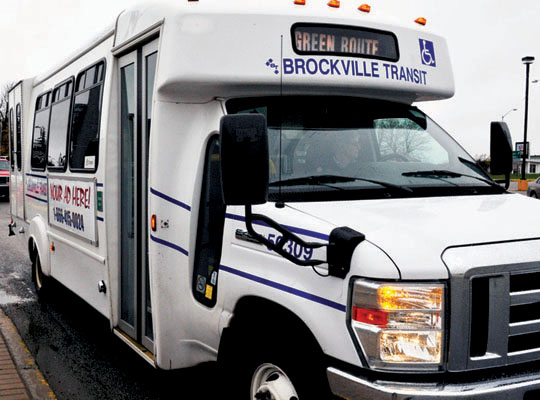
Tuesday's looming debate on permanent evening transit really boils down to finding sweet spots.
For starters, there is the ridership sweet spot.
A month ago, when city council agreed to extend the evening bus service pilot project by another month, there seemed little hope for the evening hours to last beyond the end of January.
The six-month pilot project revealed the ridership was just not there.
Now, with the full six-month figures in, it appears that's not the whole story – at least not according to city staff.
There is a ridership sweet spot between 6 p.m. and 9 p.m., staffers argue. If we continue running the bus until 9 p.m., rather than 11, they add, there is a case to be made for evening transit.
The predictable online condemnations of this supposed waste of money are in full force, complete with estimates based on incomplete figures. I have little doubt that cost argument will be swift in coming from some quarters at council.
To put things in perspective, the transit supervisor's report notes “total ridership of conventional transit over the six-month period including the evening service was 56,985 (3 buses), with 3,216 riders taking advantage of the evening service (1 bus) over the same period.”
That's 5.6 per cent of the total ridership in that six months. That's a pretty small fraction.
But that's not the only perspective needed to consider this. We are comparing three buses to one. A fair comparison would require the implausible scenario of the same three-bus system running at night.
The city's own attempt at apples-to-apples math involves comparing ridership of the one evening bus, per hour, between 6 p.m. and 9 p.m. to the number of riders for one bus, per hour, during the regular 7 a.m. to 6 p.m. period. That math gets us evening ridership of 60 per cent of that one daytime bus.
And for another perspective: transportation supervisor Paul McMunn notes that, without factoring in the evening transit experiment, “ridership for conventional transit for 2014 in the City of Brockville has increased 4.36 per cent from 2013.”
With the evening ridership included, that increase rises to 7.49 per cent.
That's another sweet spot for transit advocates eager to celebrate increased use.
But the most important sweet spot of all will have to be the optimal point between Brockville's need for fiscal prudence and a small urban municipality's obligation to look after its most vulnerable citizens.
In other words: has evening transit allowed greater mobility for people who could not otherwise (for health or financial reasons) afford to be mobile, and if so, does that benefit warrant the extra cost to the taxpayer?
This is a moral and political question as well as a fiscal one, and we need further debate before arriving at an answer.
Here is another wrinkle: Councillor Leigh Bursey, the main proponent of evening transit, has suggested permanent evening hours would open the route to another discussion of student bus passes at St. Lawrence College.
In 2010, Brockville SLC students voted in a referendum on putting the cost of a city bus pass in their academic fees, as their counterparts in Kingston already do. The 'Yes' side overwhelmingly won, but voter turnout was not high enough to make it count, so the plan fell through.
Now, Bursey suggests, an influx of students might make the evening hours more viable.
On a broader scale, if Brockville's shift from a manufacturing economy to a service economy continues as it has over the last decade, it is not implausible to suggest many evening workers would find bus passes more cost-effective than owning a car.
The stronger those voices make themselves heard in the coming week, one suspects, the further the sweet spot might move toward the social side.